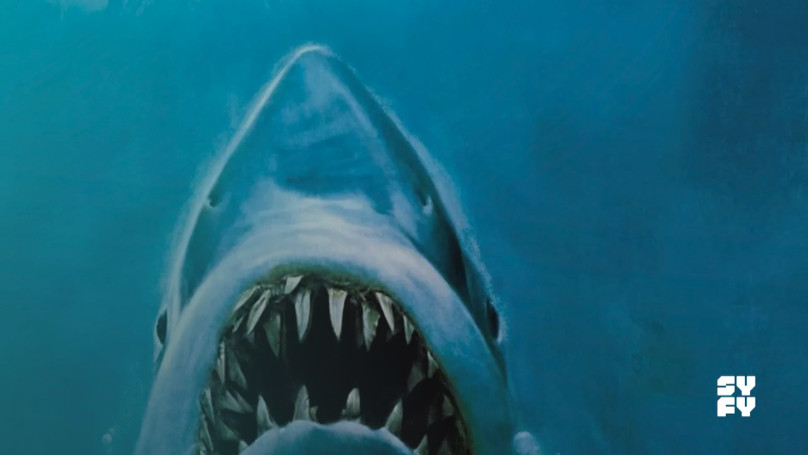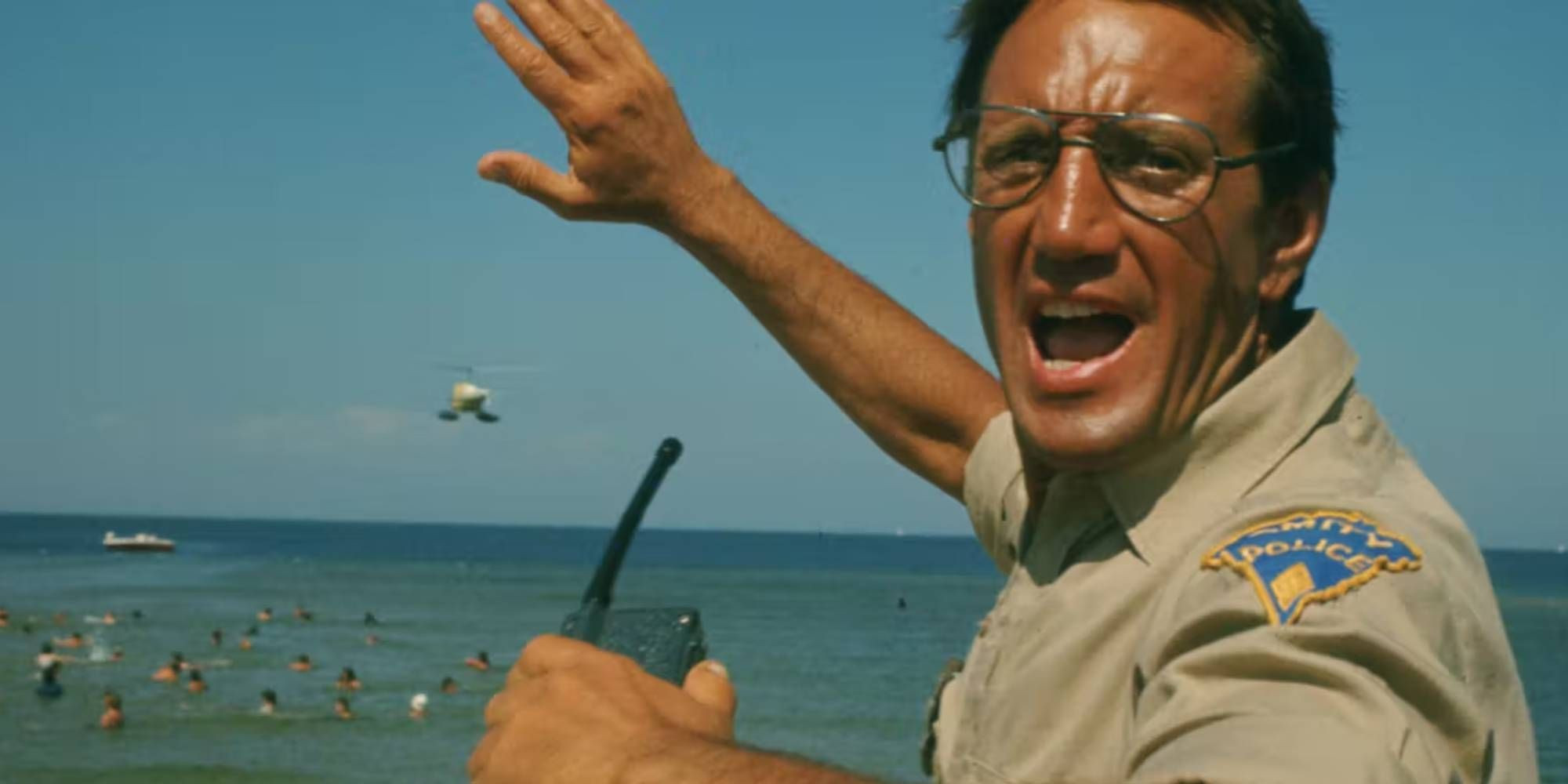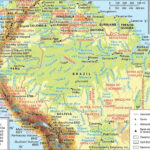Steven Spielberg’s 1975 masterpiece, Jaws, not only redefined the thriller genre but also etched the fictional Amity Island into cinematic history. This quintessential summer blockbuster, celebrated for its suspense, iconic characters like Chief Brody, and John Williams’ unforgettable score, owes much of its impact to its setting. Amity Island, conceived by Peter Benchley in his novel, is portrayed as an idyllic New England coastal town, which is crucial to the narrative’s tension. The contrast between the apparent safety of a summer vacation spot and the lurking danger beneath the waves is a key element of the film’s success.
The genius of Jaws‘s setting lies in its relatability. It’s not some far-off, exotic locale, but a seemingly familiar American town, making the threat feel all the more real and terrifying. Chief Martin Brody, portrayed by Roy Scheider, is himself an outsider to Amity, a police chief from New York City grappling with small-town island life and an unimaginable threat – a great white shark with a taste for locals and tourists. Brody’s own fear of water, ironically, amplifies the suspense. But while Amity Island is a figment of imagination, the film’s backdrop is very real. So, where does Jaws actually take place? Let’s dive into the real-world locations that brought Amity Island to life and continue to fascinate fans decades later.
 jaws
jaws
Martha’s Vineyard: The Real Amity Island
Amity Island’s charm and vulnerability are not Hollywood magic; they are rooted in the reality of Martha’s Vineyard, Massachusetts. This picturesque island served as the primary filming location for Jaws, providing the perfect visual representation of a New England summer paradise turned hunting ground. Martha’s Vineyard, an island itself, boasts stunning beaches, quaint towns, and a sense of tranquil beauty that sharply contrasts with the terror unleashed by the great white shark. This juxtaposition is precisely what Spielberg sought, creating a palpable sense of unease beneath the surface of idyllic island life.
Edgartown: Downtown Amity Brought to Life
The heart of Amity Island, its bustling downtown, is actually Edgartown, Martha’s Vineyard’s oldest European settlement. The film showcases Edgartown’s quintessential New England architecture, with its white clapboard buildings, charming storefronts, and lively streets. Many of the iconic “Amity” locations are still recognizable in Edgartown today. The hardware store, the newspaper office, the realtor, and even the town hall – these were all existing businesses and buildings in Edgartown, lending authenticity to the fictional town. Notably, the hardware store featured in Jaws has since been transformed into a restaurant, but its facade remains a familiar landmark for film enthusiasts visiting the island. Edgartown Harbor doubled as Amity Harbor, the place where Chief Brody first encounters Matt Hooper, played by Richard Dreyfuss.
Iconic Beach Locations: From Chrissie Watkins’s Attack to Alex Kintner’s Tragedy
Jaws opens with the horrifying beach attack on Chrissie Watkins, setting the tone for the film’s suspense. This chilling scene was filmed across two locations on Martha’s Vineyard. The initial beach party scenes unfolded on Edgartown South Beach, while the actual attack sequence was filmed at Cow Beach. Both beaches are real locations on Martha’s Vineyard, contributing to the movie’s grounded realism.
Another pivotal and deeply disturbing scene is the shark attack on young Alex Kintner. This scene, famous for Brody’s horrified reaction and the iconic zoom-in shot, was filmed at Joseph Sylvia State Beach in Oaks Bluffs. This location, with its gentle slopes and inviting waters, becomes a stark reminder of the unpredictable danger lurking just beneath the surface, emphasizing that nowhere in Amity’s waters is truly safe.
Brody’s Home and the Amity Police Station
Even Chief Brody’s family home was a real residence located in Vineyard Haven, another town on Martha’s Vineyard. While the house underwent significant renovations in 2002, altering its appearance, its original structure was a key element in grounding Brody’s character within a tangible environment. Interestingly, the Amity Police Station seen in the film was not an actual police station. It was a structure built specifically for the movie, cleverly placed within a private home in Edgartown, further blurring the lines between fiction and reality.
The Chappaquiddick Ferry: A Real Route to Tension
The ferry scene, where Chief Brody desperately tries to convince Mayor Vaughn to close the beaches, takes place on a real ferry that operates between Edgartown and Chappaquiddick Island. This ferry still runs today, offering fans a tangible connection to the movie. The authenticity of this location enhances the scene’s tension, as it is set against the backdrop of a real, functioning part of island life, making Mayor Vaughn’s denial of the danger even more frustrating and impactful.
Beyond Martha’s Vineyard: Expanding the Filming Locations
While Martha’s Vineyard provided the majority of the on-location settings for Amity Island, Jaws filming extended beyond this Massachusetts island for specific sequences, particularly those involving the open ocean and the shark itself.
Sengekontacket Pond and the Atlantic Ocean: Water Scenes
The lagoon scene, featuring the shark attacking a boat under a bridge, was filmed in Sengekontacket Pond, a body of water situated between Oak Bluffs and Edgartown. The bridge itself is the American Legion Memorial Bridge, still standing today. For the open ocean sequences, particularly those aboard Quint’s boat, The Orca, filming took place in the Atlantic Ocean between Oaks Bluff and East Chop, capturing the vastness and unpredictable nature of the sea.
Southern Australia: Cage Diving and Real Sharks
Not all shark encounters in Jaws were created with mechanical sharks. The terrifying scene where Hooper is in a shark cage and is attacked by a real great white shark was filmed in southern Australia. Spencer Gulf and Dangerous Reef in South Australia provided the location for these underwater sequences with live sharks and professional divers. This decision to use real sharks for certain scenes added a layer of genuine danger and realism to the film.
Encino, California: The Swimming Pool Scare
One of Jaws‘s most shocking jump scares, the discovery of the decapitated head in the sunken boat, was filmed far from the ocean, in a swimming pool in Encino, California. Spielberg, seeking to amplify the horror element, added this scene after principal photography had wrapped. To achieve the murky, ocean-like appearance of the pool water, a simple yet effective technique was employed: a gallon of milk was poured into the pool, clouding the water and creating the perfect eerie atmosphere for the unforgettable scare.
The Enduring Legacy of Real Locations in Jaws
In an era increasingly dominated by CGI and studio sets, Jaws‘s commitment to real-world locations stands out. Filming primarily on location in Martha’s Vineyard, and utilizing real ocean environments, lent an unparalleled sense of authenticity and immediacy to the film. Amity Island feels real because it is real, or at least, it is based on and filmed in real places. This dedication to realism is a significant factor in why Jaws continues to resonate with audiences nearly fifty years after its release. The tangible locations, from the beaches to the town streets, ground the fantastical elements of the story in a recognizable reality, making the terror of Jaws all the more impactful and enduring.
 Roy Scheider holding a walkie-talkie in
Roy Scheider holding a walkie-talkie in
The mechanical shark “Bruce” on set, contrasting with the real-world locations used extensively in Jaws.


